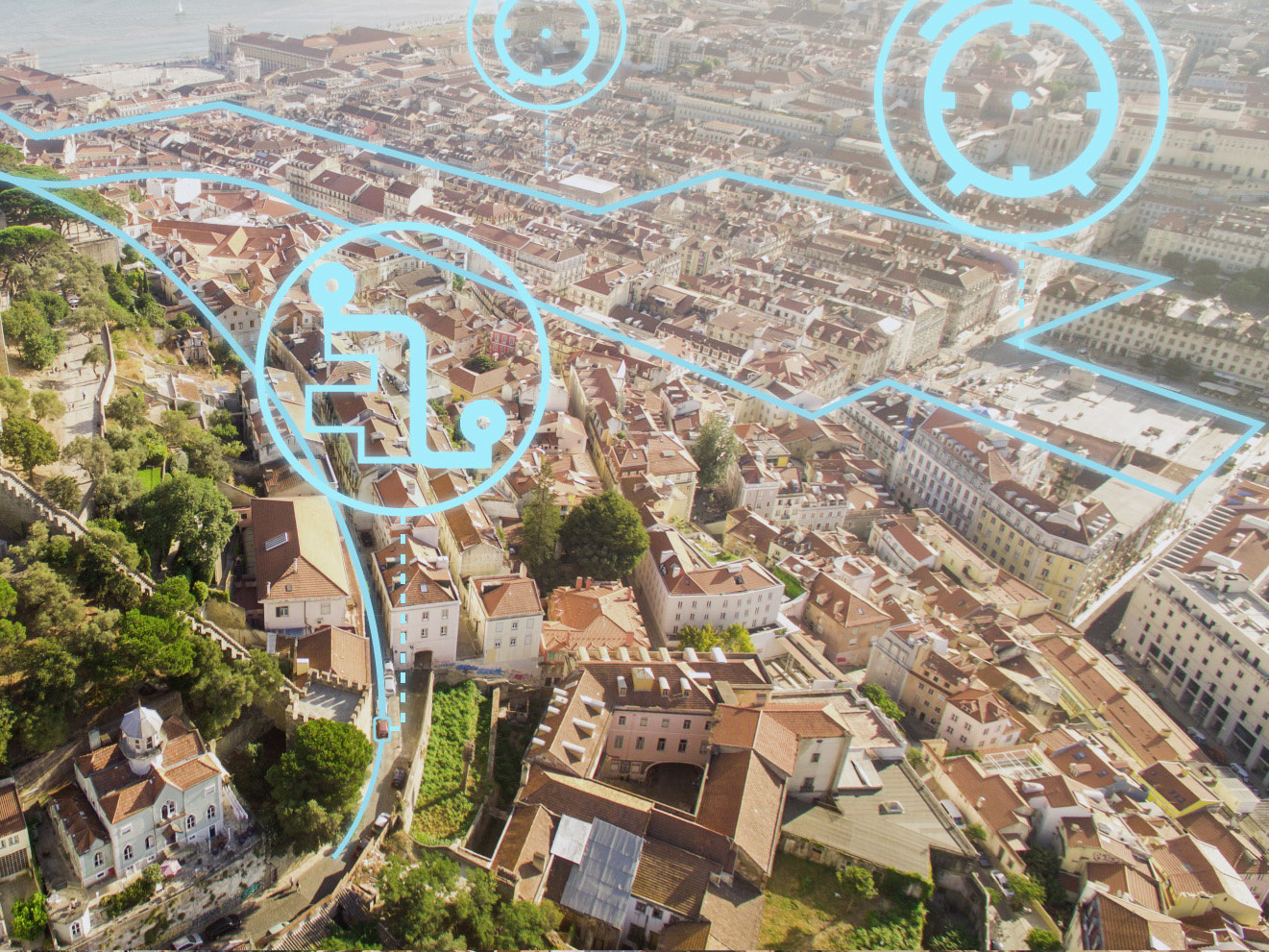Ford is using quantum computing to simulate traffic jam scenarios in an effort to ease congestion in Seattle, a city experiencing rapid population growth that is confined in its boundaries on two sides by large bodies of water. Volkswagen has successfully demonstrated the use of live quantum computing to help optimize traffic routing.
During the Web Summit conference in Lisbon, Portugal nine public transit buses used a traffic management system developed by Volkswagen scientists, powered by a D-Wave quantum computer, to calculate the fastest travel routes individually and in near-real time.
“People who drive from the fair back to their hotels or into the city and use our Quantum shuttles, reach their destination faster,” said Abdallah Shanti, Global CIO Volkswagen Brand and CIO Region Americas. “We can significantly reduce travel time. Traffic in major cities is highly complex due to a large number of road users,” explains Shanti. The computing power that would be needed to optimize the flow of traffic is exorbitant. “That’s why we’ve tried to solve this problem with D-Wave’s quantum computers.”
This advances a narrative that is twenty years in the making. The power of using quantum computing has been known for decades but the real-life integration of the technology has been reliant on the development of new technologies that can properly take on the challenge. Volkswagen’s computing system relies on the D-Wave quantum annealer, a different kind of machine than what is used by other companies, including Google.
According to Volkswagen, “Quantum annealers can only solve very specific distribution problems, and researchers at VW Data Labs in San Francisco and Munich believe traffic optimization can be one of them.”
Volkswagen sees this recent demonstration as a solid first step toward the technology’s full integration into the market. The system has been designed so that it can applied to any city and to any vehicle, making it scalable depending on the needs of the environment and conditions. However, this may not come to your personal vehicle any time soon. The company says that it is focusing on using the tech in fleet cars, taxis, and public transportation.
VW is already scouting locations for pilot programs.








